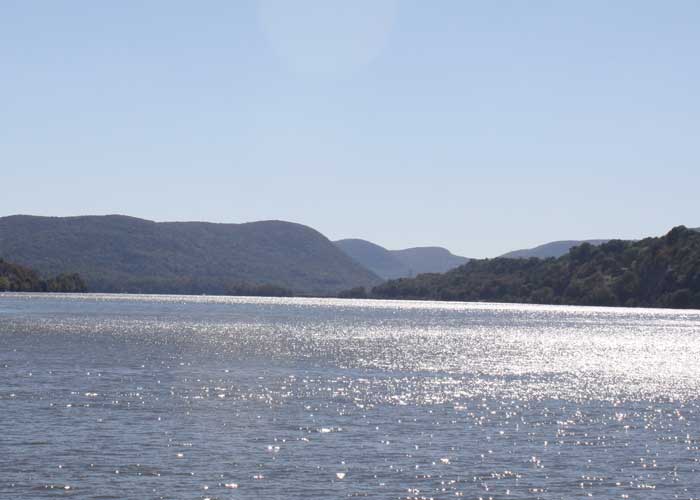WASHINGTON, D.C – Congressmen Pat Ryan (D, NY-18) and Marc Molinaro (R, NY-19) have urged Environmental Protection Agency Administrator Michael Regan to follow the science and issue a ‘not protective’ determination in the upcoming five-year review (FYR) report, without which further PCB clean-up in the Hudson River is not possible.
An FYR report is issued by the EPA every five years to examine remediation efforts at EPA Superfund Sites, and to ensure that prescribed remedial actions are protective of human health and the environment.
For 30 years, General Electric discharged millions of pounds of toxic PCBs into the Hudson River from two GE manufacturing plants. Since PCBs bioaccumulate, the toxin increases in concentration as it moves up the food chain. PCBs are considered probable human carcinogens and are harmful to fish and wildlife.
Ryan and Molinaro, who led the letter to Administrator Regan, were joined in the call by 16 members of the New York and New Jersey Congressional Delegation.
“For decades, General Electric discharged toxic PCBs into our precious River, putting their profit ahead of the health and safety of Hudson Valley families, including the more than 100,000 people who rely on the river for drinking water. We can’t let GE off the hook – clean-up must continue until these toxins are completely removed from the Hudson,” said Congressman Ryan. “Congressman Molinaro and I have fought this battle together for years. For your kids and ours, we will keep fighting until the clean-up is done.”
“Corporations dumped toxins into the river, then left us to deal with the environmental and economic aftermath. On behalf of communities in the Hudson River Valley, Congressman Pat Ryan and I have fought to clean up the Hudson and finish the job once and for all,” added Congressman Molinaro. “Prior to coming to Congress I was proud to lead efforts to press for a total clean up. Today, we are both again calling on the EPA to take all action necessary to protect drinking water, our environment, and ecosystems.”
Data indicates that the prescribed cleanup remedy is not meeting, and is not expected to meet, target PCB concentrations in the river. The letter specifically calls for the EPA to issue a “not protective” determination in the upcoming FYR, which would compel the EPA to take further action to reduce exposure and risk at the site.








